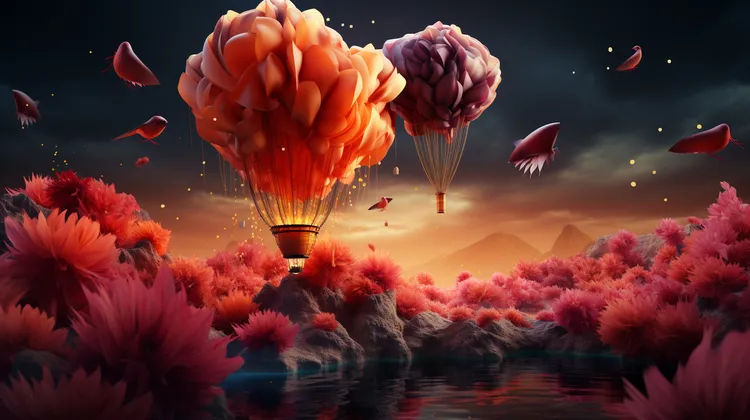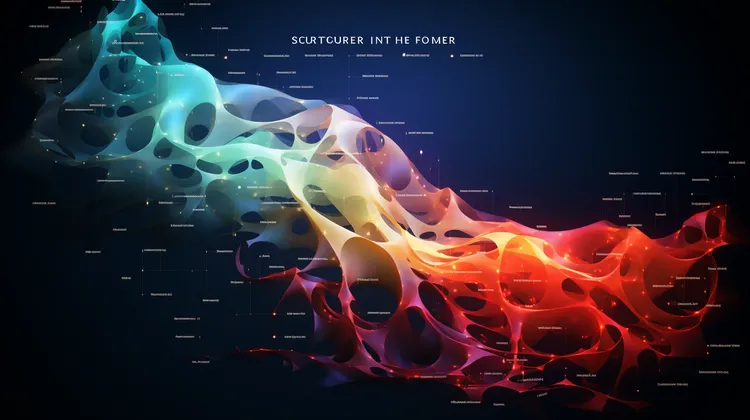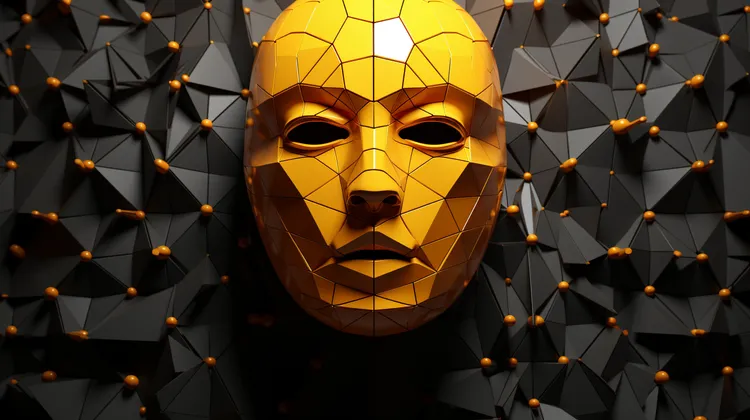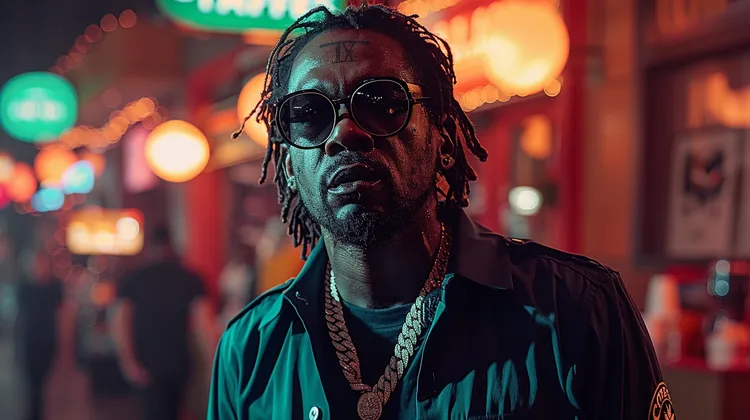The world of digital assets has taken yet another monumental leap forward as non-fungible token (NFT) trading volume nears the unprecedented figure of $1 billion. This milestone is indicative of a rapidly growing interest and confidence in the value of NFTs as a legitimate asset class in the burgeoning market of digital art and collectibles.
NFTs represent a unique class of digital assets that are differentiated by their distinct characteristic of non-fungibility. Unlike cryptocurrencies such as Bitcoin or Ethereum, which are fungible and can be exchanged on a one-to-one basis, each NFT carries with it a specific, non-interchangeable identity. This identity is often tied to digital content such as artwork, music, videos, or even tweets, thereby enabling authenticity and ownership in the digital realm.
The ascent of NFT trading to near $1 billion in volume marks a staggering increase from previous years. This surge can be largely attributed to the mainstreaming of cryptocurrency and blockchain technology, which serve as the bedrock for NFT transactions. The democratization of access to blockchain platforms has allowed a broader spectrum of artists, creators, and investors to engage in the NFT marketplace.
The burgeoning popularity of NFTs is driven by a diverse set of factors. Foremost, the allure of digital ownership has captivated both creators and collectors alike. Artists are now empowered to monetize their digital creations in ways that were not possible before, thus opening up new streams of revenue. Collectors, on the other hand, are attracted by the potential of NFTs to serve as a store of value, sharing similarities with traditional art collecting but with the progressive twist of being rooted in the digital age.
The market’s growing volume is also spurred by headline-grabbing sales, such as Beeple’s “Everydays – The First 5000 Days,” which sold for an eye-watering $69 million at Christie’s auction house. Such events have not only legitimized NFTs in the eyes of the public but have also drawn the attention of institutional investors and celebrities, further propelling the market forward.
Beyond the hype and staggering sales lies the innovation of blockchain technology in establishing provenance and reducing the potential for fraud. Smart contracts, self-executing contracts with the terms directly written into code, facilitate the automation of verification and transactions, ensuring the integrity of ownership and the transfer of assets.
While NFTs have become a beacon of opportunity for many, the market is not without its challenges. Critics point out concerns regarding the environmental impact due to the energy-intensive nature of blockchain networks that most NFTs are based on. There is also a debate over the speculative nature of the market, with some seeing parallels to historic investment bubbles.
Despite these concerns, the market continues to thrive and evolve. The near-$1 billion trading volume indicates that not only is there a significant appetite for NFTs, but the sector is also innovating at a breakneck pace. Developments such as layer-2 solutions and eco-friendly blockchain alternatives promise to mitigate environmental concerns, addressing one of the most substantial criticisms facing the market.
The growing NFT trading volume is reshaping industries. In the gaming sector, NFTs are introducing unprecedented models for in-game ownership and trade, allowing players to truly own in-game assets. Similarly, the music industry is experimenting with NFTs to directly reward creators and provide fans with unique collectibles or experiences.
Interestingly, the NFT phenomenon is also expanding into realms such as virtual real estate and metaverse ecosystems. With platforms like Decentraland and The Sandbox, users can buy, sell, and trade virtual land and assets, potentially giving rise to a new era of digital economies.
The rapid advancement toward a $1 billion NFT trading volume tells the tale of not just an investment fad, but the birth of a new asset class that is redefining the very nature of ownership in the digital age. As artists, entrepreneurs, and technologists continue to navigate this space, the potential for growth and innovation appears boundless. As with any nascent market, there will be hurdles and setbacks, but the momentum of NFTs is a clear indicator that they are an integral part of the future of digital commerce. As we watch the trading volume closely approach the $1 billion threshold, we bear witness to a fascinating evolution in how we create, share, and value digital content and art in the 21st century.




As an artist exploring NFTs, this milestone is super encouraging. It’s a brave new world for digital creativity!
Virtual real estate and metaverse ecosystems? NFTs are not just a flash in the pan they’re expanding horizons.
Big sales like Beeple’s are outliers. Most NFTs will end up being worthless.
NFTs feel like a scam targeted at people who don’t understand blockchain or art. This is just wrong.
Every milestone NFTs hit is a step towards a future where digital assets are as normal as physical ones.
I’ve seen enough. This is like the tulip mania but for the internet age. History will not look kindly on this.